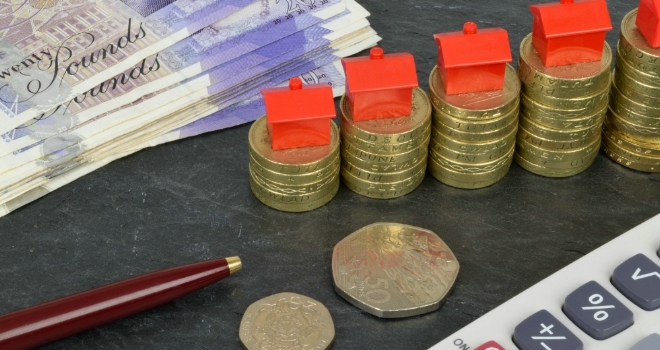
The increasingly less affordable rents have seen the proportion on people in arrears soaring in June by 8.7%, from 7.6% of all rents in May, and 7.8% compared with a year ago.
Investors and buy-to-let landlords are also facing potentially higher interest rates on what City of London traders have dubbed ‘Super Thursday’ this week. At least two, perhaps three, of the nine members of the Bank of England’s interest rate-setting committee are expected to cast their votes for a rate rise. The first rise in the Bank Rate could be just months away.
Peter Armistead, Director of Armistead Property, comments: “The combination of rising rent arrears and an increase in interest rates could have a massive impact on buy-to-let income. While rents are rising at a fast pace across the country, interest rate rises could quickly erode rental yields.
Landlords and investors need to be prepared for the worst case scenario. Those that have experience in the private rental market will be able to ‘weather the storm’ that is brewing. But new investors and landlords may face repossession if that are unable to supplement a loss in income.
Buy-to-let is very profitable in the long term, but only if landlords and investors do their sums properly and structure their investment wisely. A property investment is similar to running a business, so you need a business plan, cash-flow forecast, finance and funding. Therefore it’s sensible to budget for all the costs you’re likely to encounter during the life of your investment. The maintenance costs for a new or recently refurbished property are likely to be minimal at first.
To stay in the black, landlords need to put aside 30-35% of one year’s gross annual rental income to cover rent arrears, void periods, maintenance, repairs and refurbishment, white and brown goods replacement and the ongoing rental costs, such as gas safety certificates and letting agent fees.”
Armistead Property has put together a starting list of some of the costs to be considered when owning a buy-to-let property, which should be catered for from rental income and an appropriate contingency fund:
• EPC certificate
• Gas safety certificate
• Letting agents fees
• TDS scheme fees
• AST fees
• Landlords insurance
• Void allowance
• Council tax
• Ground rent
• Service charge
• Buildings insurance
• Utility bills
• White goods
• Furnishings
• Repairs





